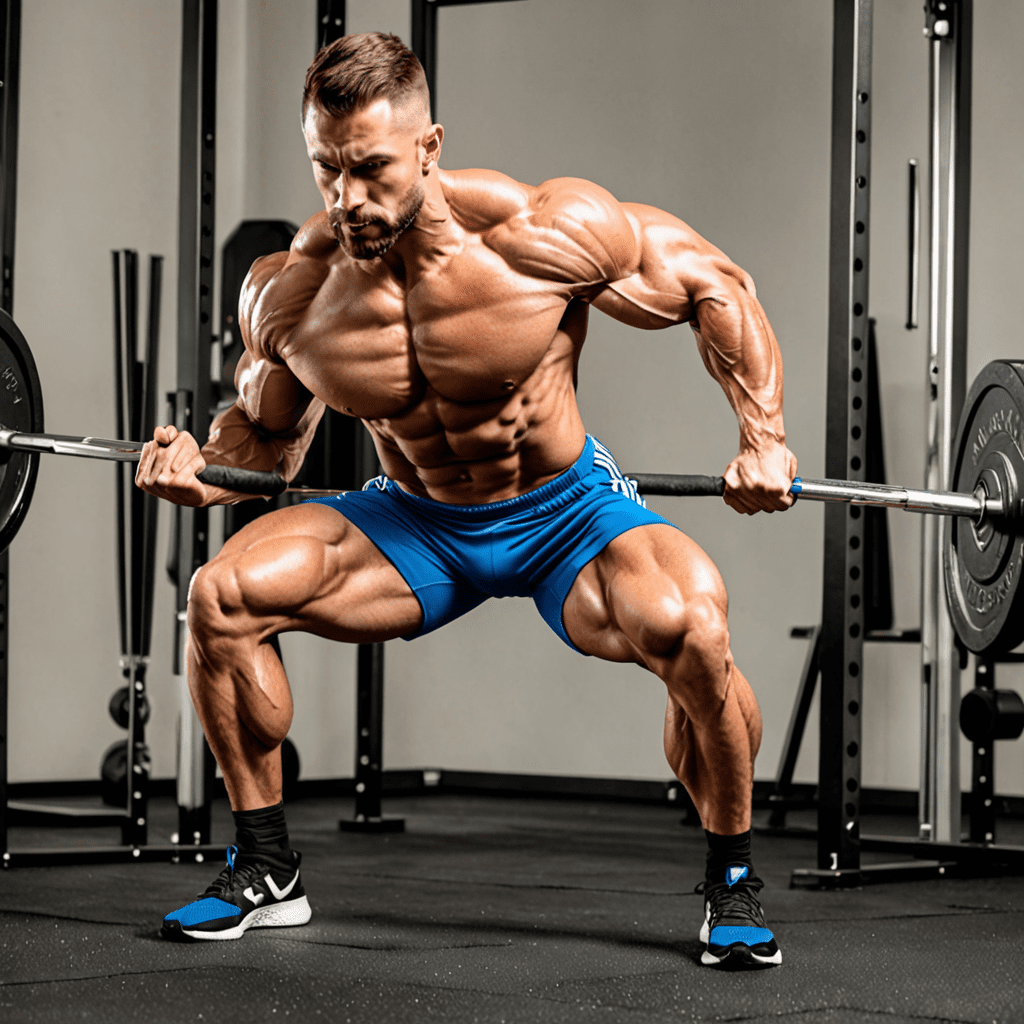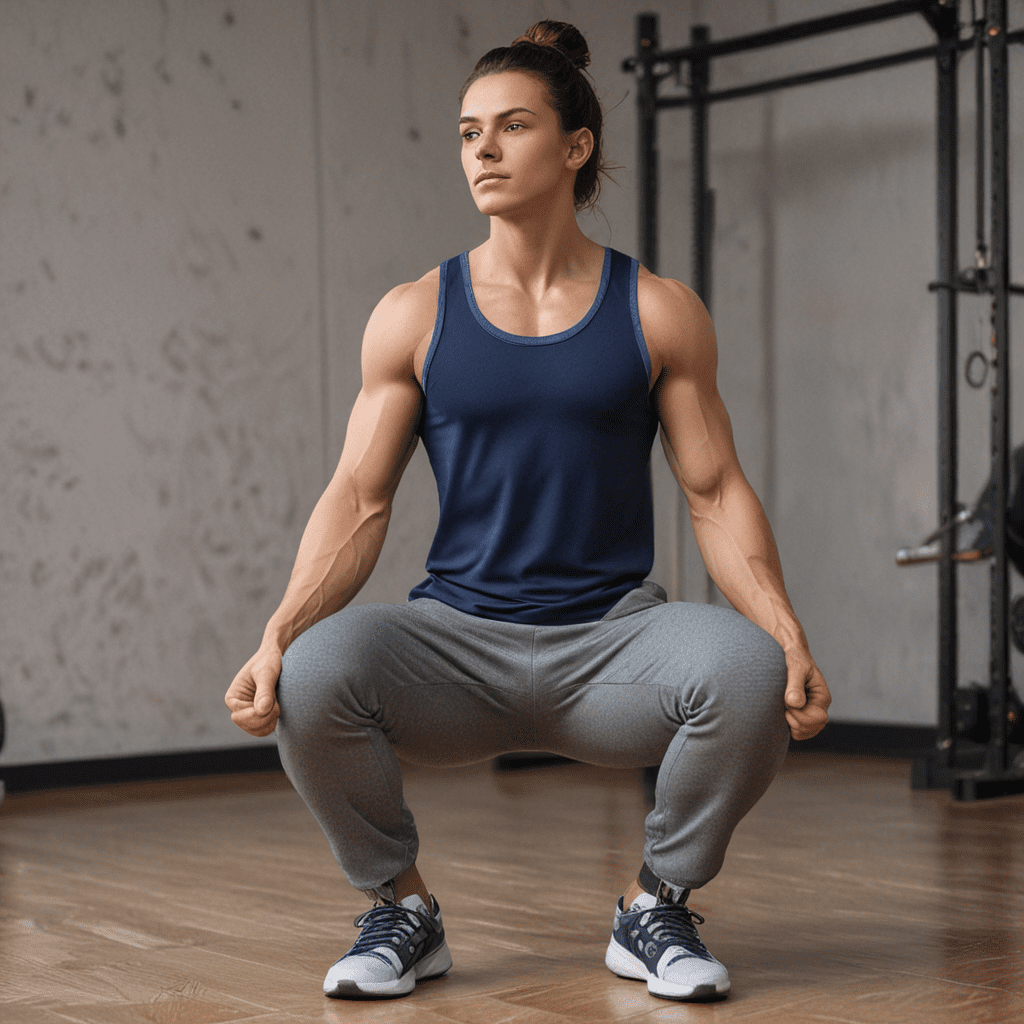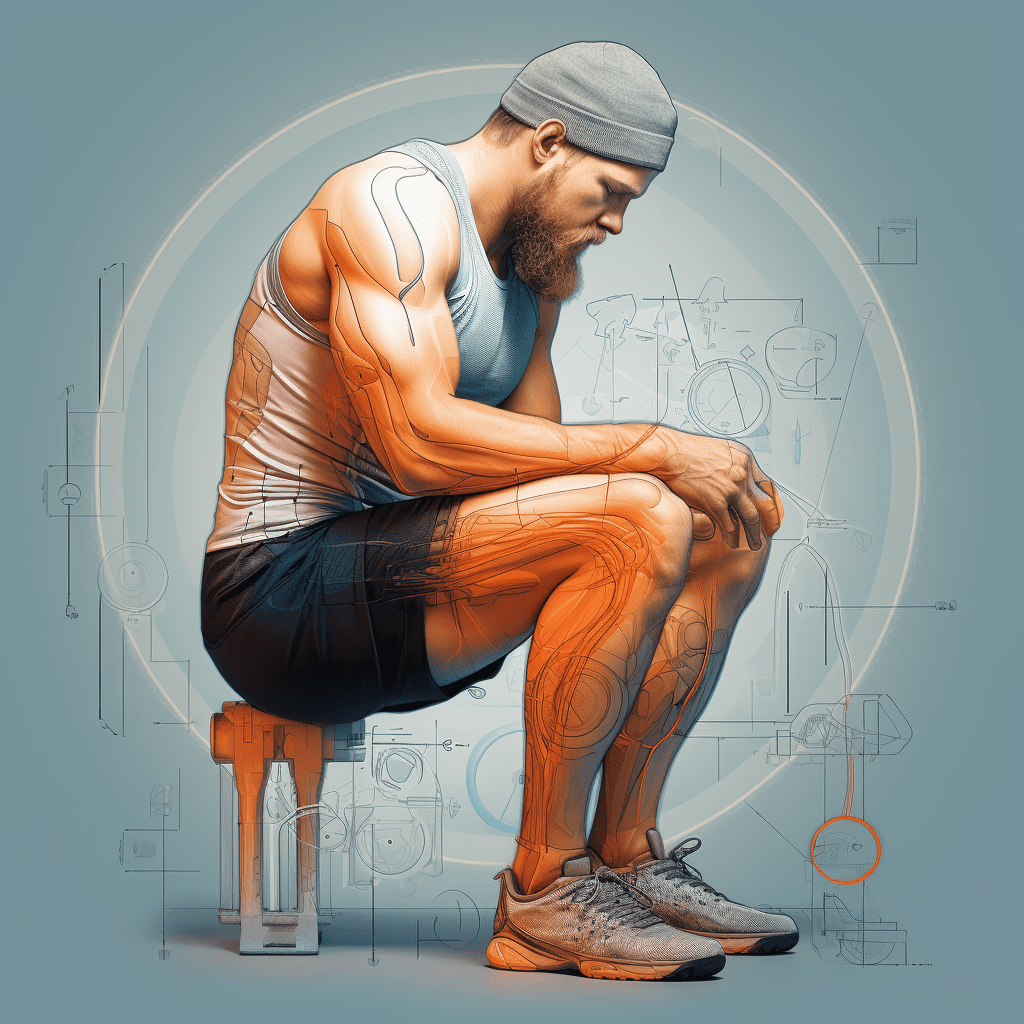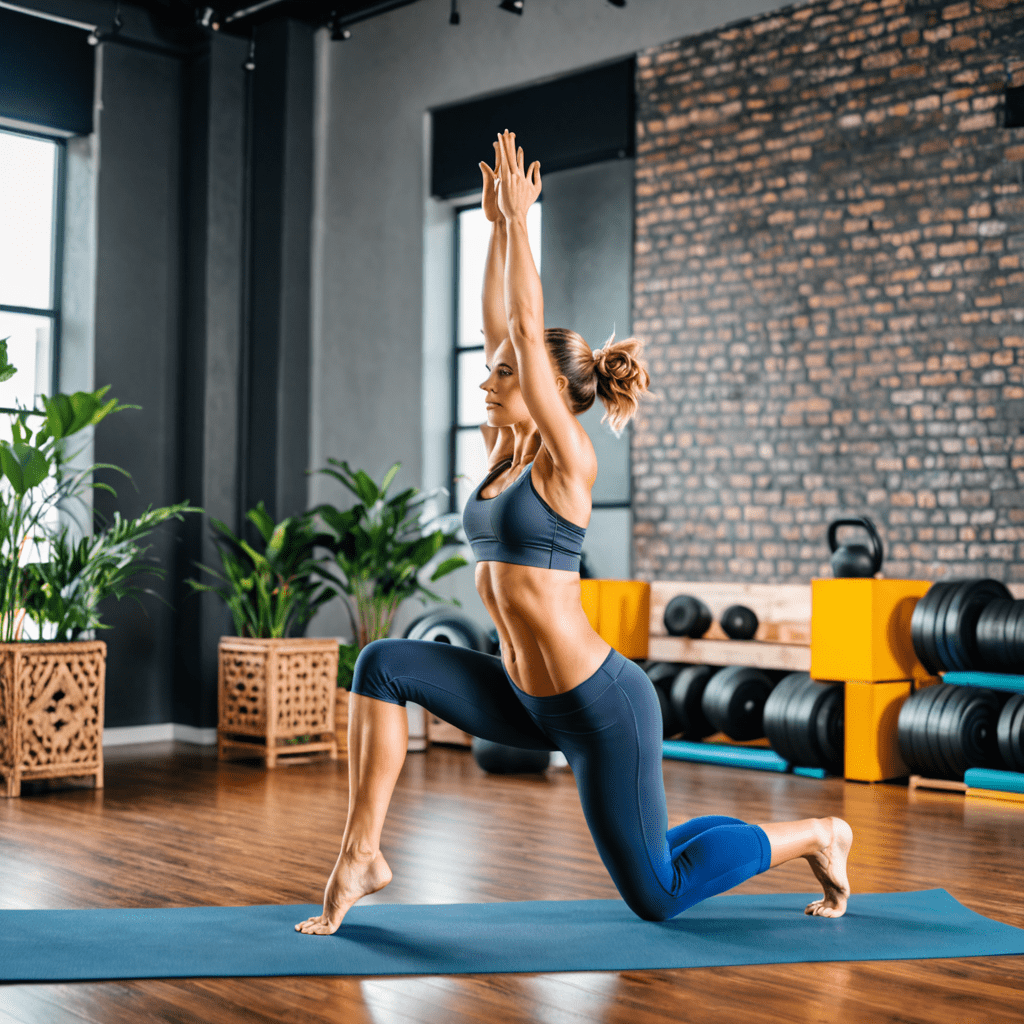
Strengthen Your Lower Body with Bulgarian Split Squat Benefits
The Bulgarian split squat is a challenging exercise that targets several major muscle groups in the lower body. By incorporating this exercise into your workout routine, you can build strength, increase stability, and improve overall balance. Let’s explore the specific muscles that the Bulgarian split squat works.
1. Quadriceps
The quadriceps, located at the front of the thigh, are heavily engaged during the Bulgarian split squat. As you lower your body down into the squat position, the quadriceps are responsible for extending the knee and providing stability.
2. Glutes
The gluteus maximus, gluteus medius, and gluteus minimus, collectively known as the glutes, play a significant role in the Bulgarian split squat. These muscles are responsible for hip extension, which occurs as you push your body back up from the squat position.
3. Hamstrings
The hamstrings, located at the back of the thigh, are also engaged during the Bulgarian split squat. These muscles work to bend the knee and assist in hip extension, working together with the glutes throughout the exercise.
4. Adductors
The adductors, a group of muscles that run along the inner thigh, are activated during the Bulgarian split squat. These muscles help stabilize the hip joint and assist in the movement of the legs.
5. Calves
The calf muscles, including the gastrocnemius and soleus, are engaged as you push off the ground and rise up from the squat position. This activation helps to strengthen and tone the calves.
6. Core
Your core muscles, including the abdominals and lower back muscles, play a crucial role in maintaining stability and balance during the Bulgarian split squat. Keeping your core engaged throughout the exercise enhances overall body control.
7. Hip Stabilizers
The hip stabilizer muscles, such as the hip abductors and hip external rotators, are activated during the Bulgarian split squat. These muscles help stabilize the hip joint, ensuring proper alignment and reducing the risk of injury.
Frequently Asked Questions (FAQ)
Q: How should I perform the Bulgarian split squat?
A: Begin by standing in a split stance with one foot positioned forward and the other foot back. Lower yourself down by bending your knees and dropping the back knee towards the ground. Keep your front knee aligned with your ankle and maintain an upright posture. Push through your front heel to return to the starting position.
Q: Can I modify the Bulgarian split squat if I have knee pain?
A: If you experience knee pain during the Bulgarian split squat, it’s essential to consult with a qualified fitness professional or healthcare provider. They can provide modifications or alternative exercises to accommodate your specific needs and prevent further discomfort or injury.
Q: How many sets and reps should I do?
A: The number of sets and reps can vary depending on your fitness level, goals, and overall workout program. It’s recommended to start with 2-3 sets of 8-12 repetitions per leg and gradually increase intensity as you progress. Always listen to your body and adjust accordingly.
Q: Can I add resistance to the Bulgarian split squat?
A: Yes, you can add resistance to the Bulgarian split squat to increase the challenge and further strengthen your lower body. This can be done by holding dumbbells or kettlebells in each hand or wearing a weighted vest.
Q: Should I warm up before doing Bulgarian split squats?
A: Yes, it’s crucial to warm up your body before performing any exercise, including the Bulgarian split squat. Engage in a dynamic warm-up routine that includes movements that target the muscles you will be working, such as lunges or leg swings.


